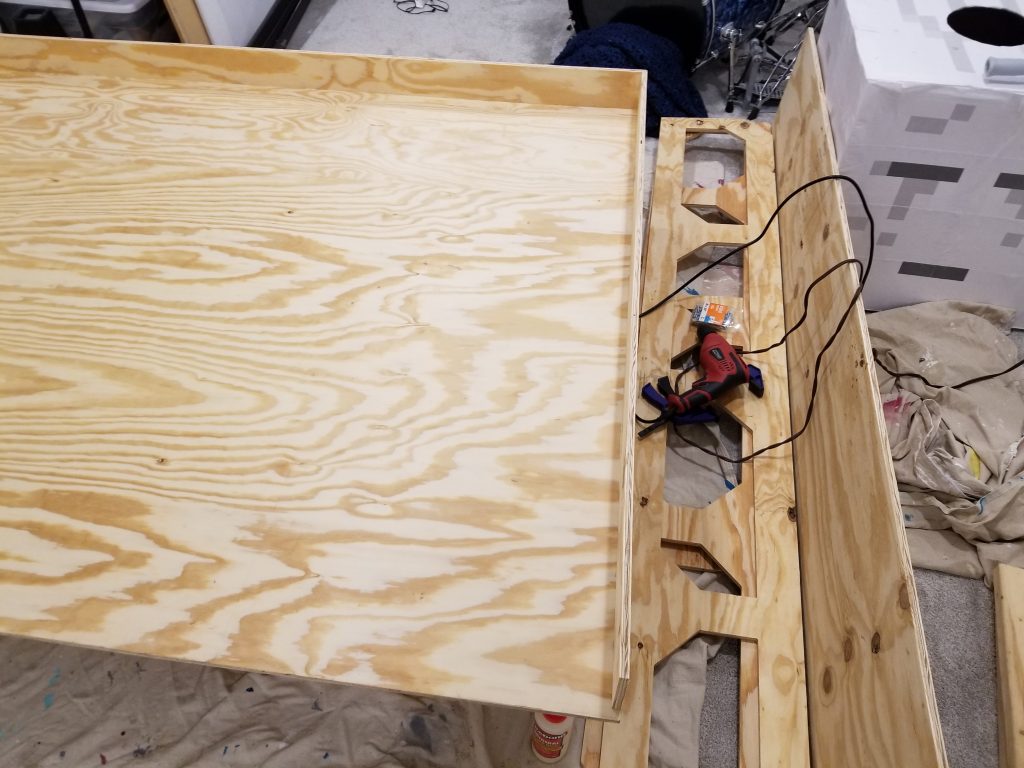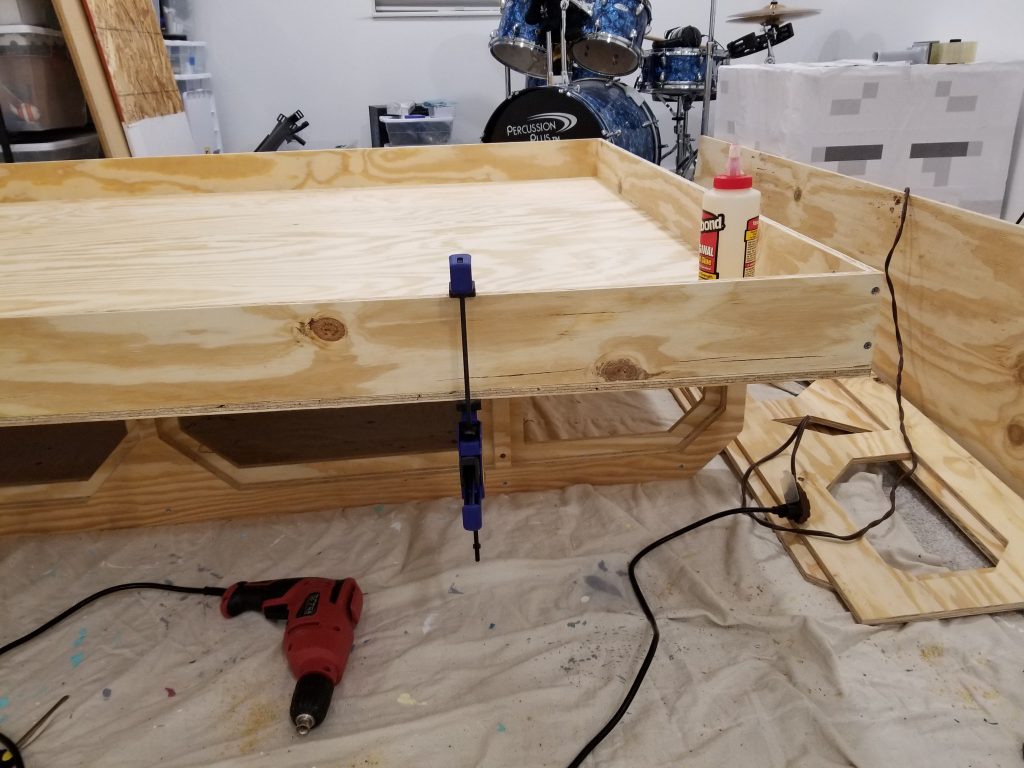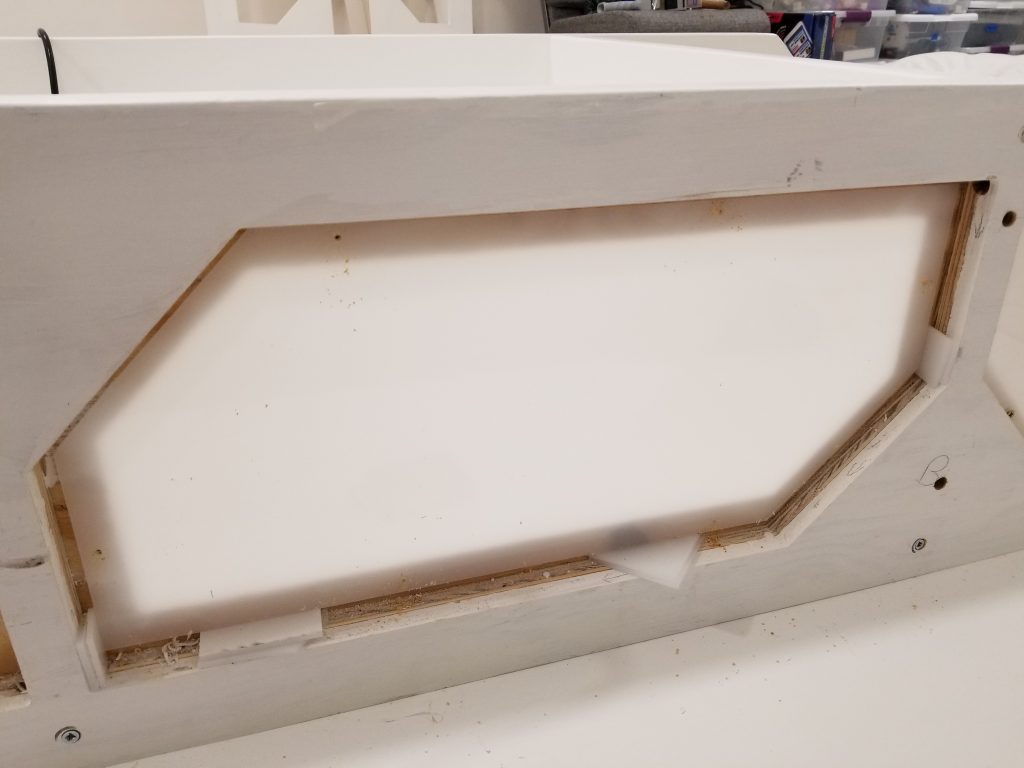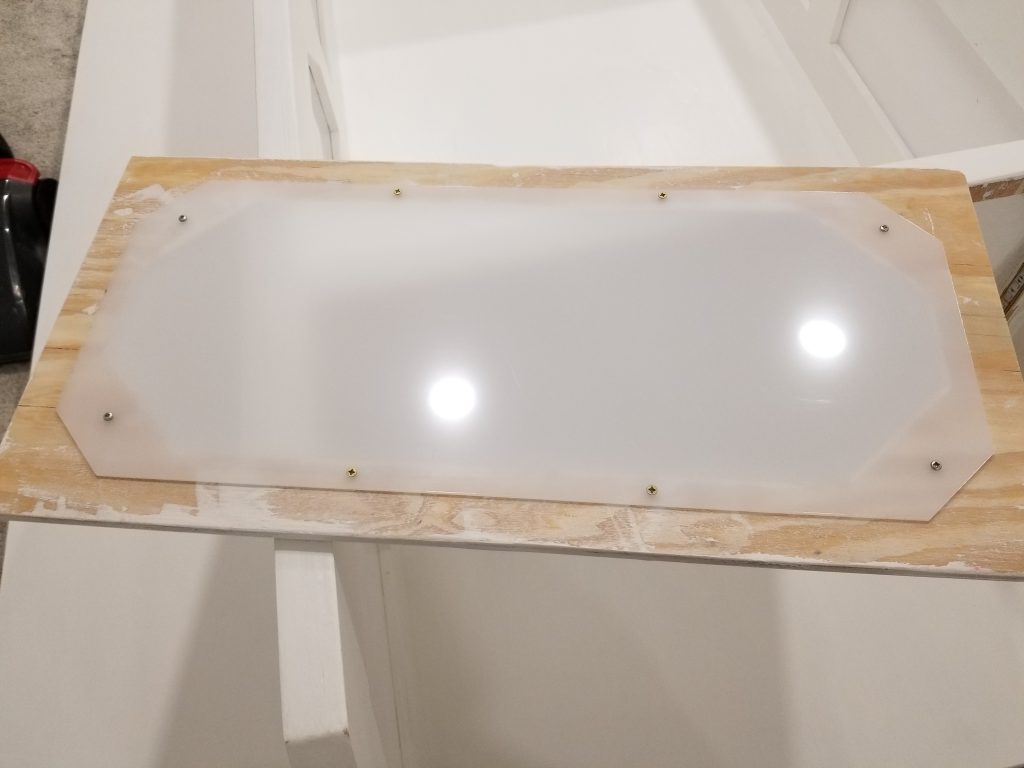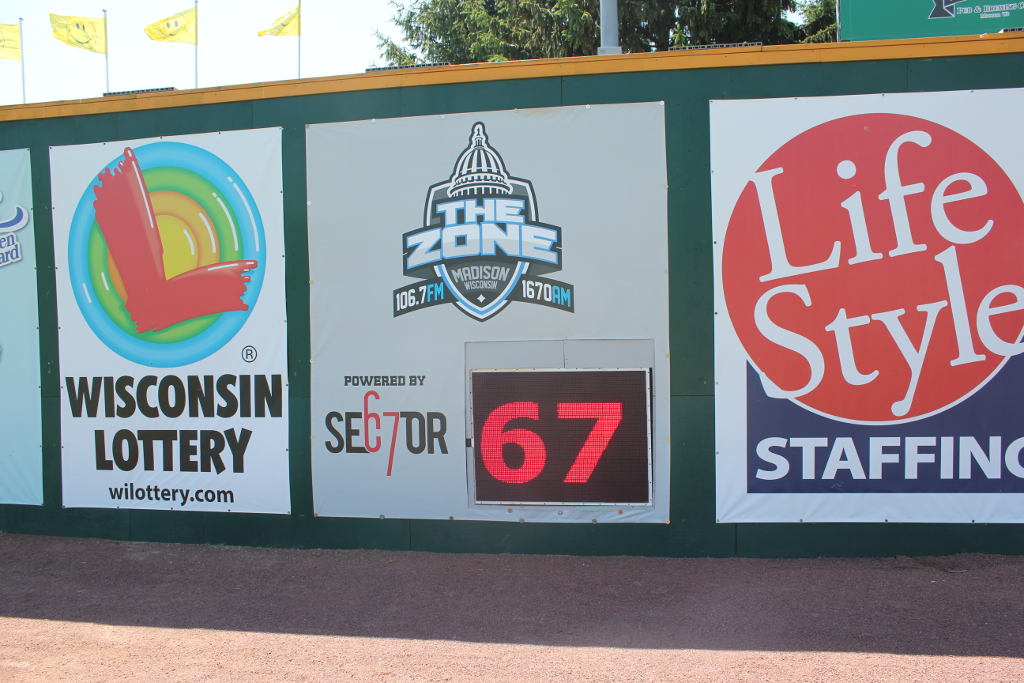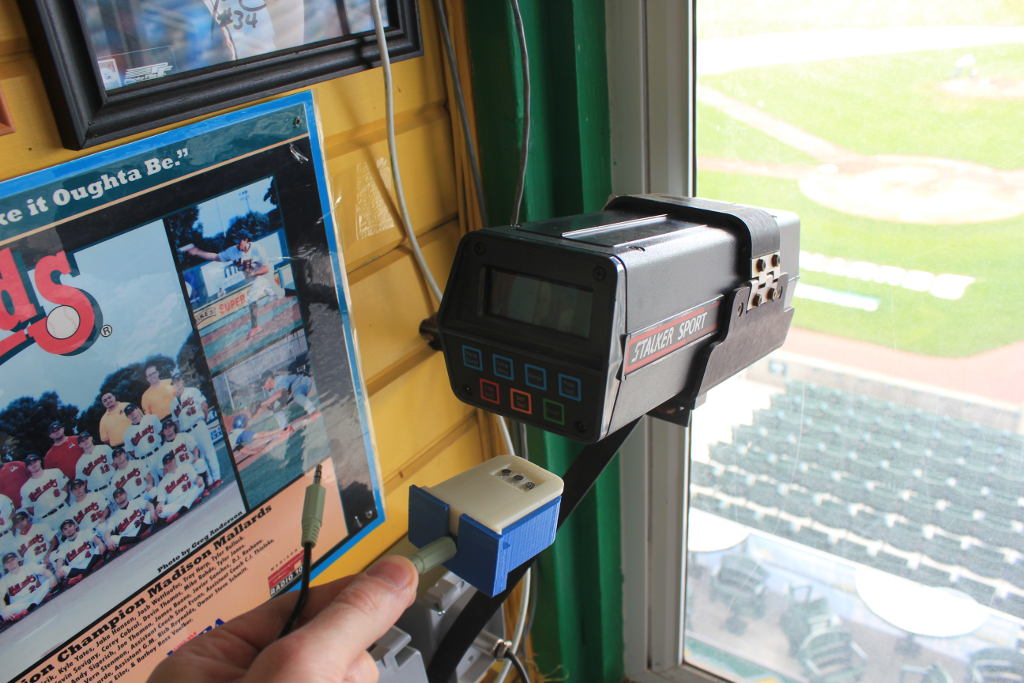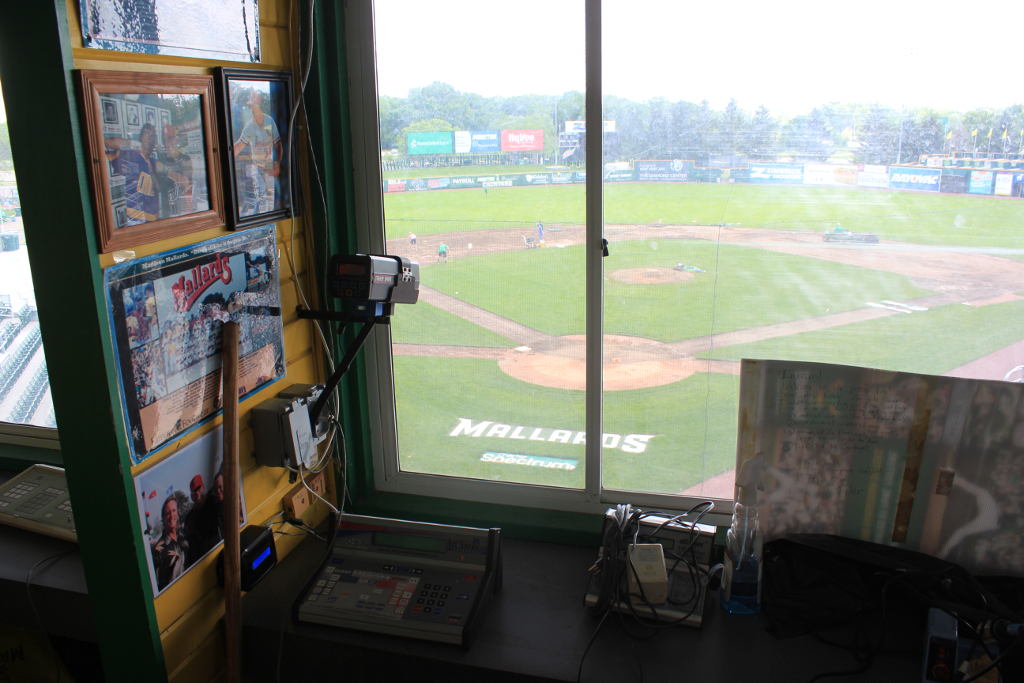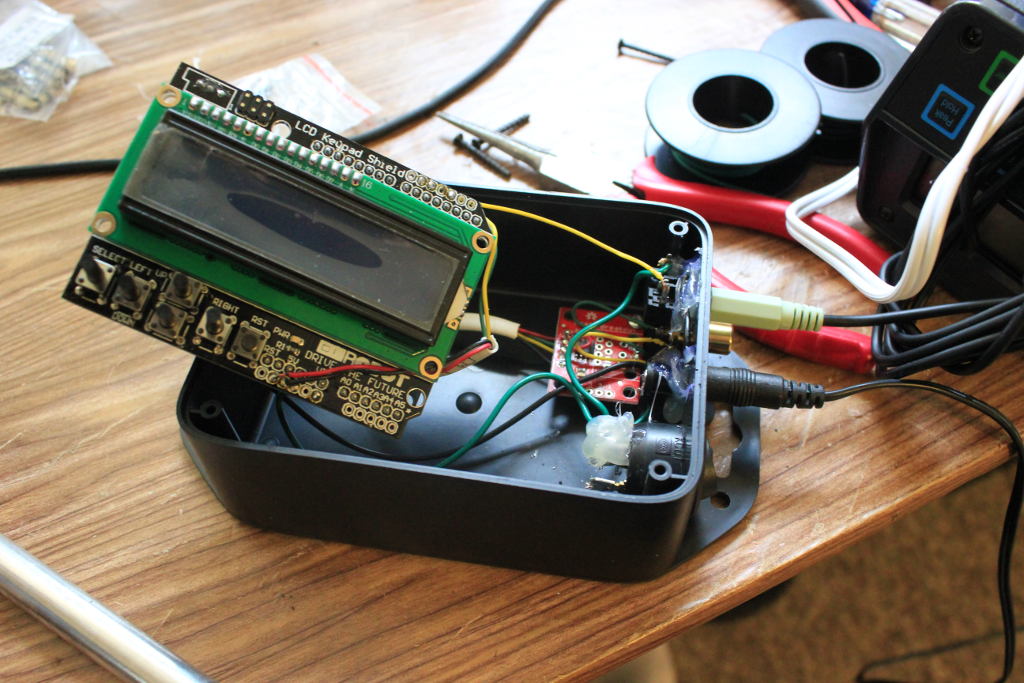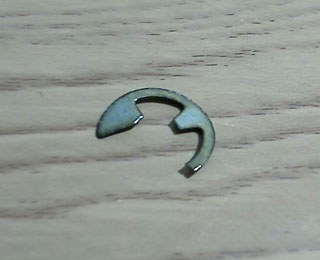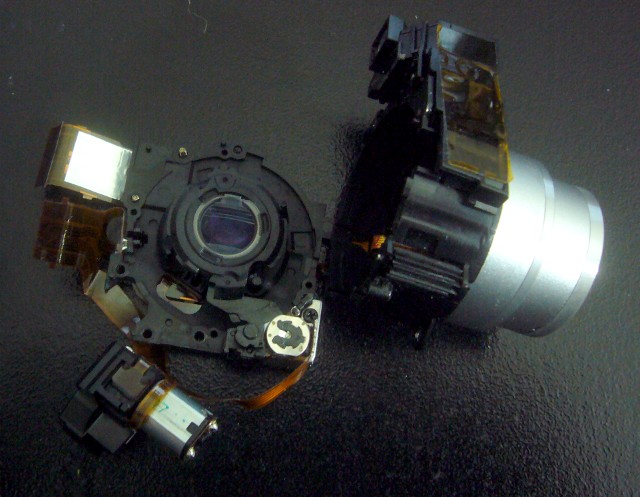In an effort to address my eco-anxiety, and reduce our carbon footprint and save money long-term, I installed solar panels on our roof. This was an extensive project, though. The first step was replacing the old roof. We didn’t know how old it was, and it was showing plenty of signs of wear, so we hired a contractor to install a standing-seam metal roof, which minimizes penetrations, is much more energy efficient, lasts a super long time, is recyclable, and since the old shingles were left in place it added much less landfill waste. The installers were able to do it in a day, and a month later there was a hail storm with 1″ stones that damaged every house in the neighborhood except ours. That was a fortuitous decision for us. We have also already seen a reduction in our energy costs because of the better heat management and venting of the roof. The second floor is a lot more livable now.


With the roof complete, I ordered the solar panels from a wholesale company that put together the plans for us to submit. There were some challenges with that, and they shipped the parts before I had city approval, which was an issue because the city rejected the plans immediately. It turns out that the plans didn’t include structural drawings, and the wholesale company wanted a lot of money to generate them. After talking to some people, it turns out that our existing roof was woefully undersupported. We found out from our neighbors that when the neighborhood was built, many of the houses were designed with expansion in mind, and that the basic floorplan could have a low pitch roof and be only 1 story, a high pitch roof and have a small second floor, or a mixed pitch roof and have a larger second floor. It turned out that the rafters for our house had been for the high pitched roof, but then shifted to a low pitch to make room for the second floor. HOWEVER, this made them overspanned (too much load on a 2×6 across a long horizontal area), AND because they were originally cut to 45 degrees at the end, and moved up to 12 degrees, there was a huge gap between the rafter and the top ridge board. The whole top of the roof was sortof unsupported. Whether or not solar was going to happen, I needed to fix this problem, and we had JUST gotten the new metal roof installed.

After a lot of research and calculations, I managed to come up with a plan to sister new rafters to the old ones using fancy MSR2400 rated 2×6 boards, which are much stronger than the older ones and rated for the span I needed. I had to special order them, but the plan was approved and I could move forward.

For many days I would spend an hour or two up in the rafters. I had to cut them to size outside, then slide them in through the gable vent on the side of the house, then maneuver it into place, jack it up to take on the load, and bolt it to the ridge board and the sister rafter. It was hot and exhausting and difficult to move in a small space, and I had a watertight tyvek suit that was constantly wet and a respirator that made me fear drowning in my own sweat, but I got it done. The inspector was simultaneously impressed that the roof had managed to not cave in before, and impressed that I had been able to do what I did.


With the rafters installation complete and the roof secure, I could focus on the actual solar installation. I’d had the parts in the garage for a few weeks, and it was getting colder and colder, so I was anxious to get it all installed. This part went fairly smoothly in comparison to the rafters. The racking went up in a day, the panels in another. I tied a rope to each panel and slid it up the 45 degree side of the roof on top of a blanket, easily pulling each of the 10 panels up to the roof. After that I worked on the wiring.



It was my first time doing EMT conduit, and it was somewhat obvious in places, but I got it done. Everything was in place, and the inspector came to check it out. Unfortunately, I failed the first inspection, for some pretty minor things. I ordered some parts that afternoon, they arrived the next day, I installed them the day after, and then she came back for another inspection two days after that. Then I passed with flying colors, and she told me what a good job I had done. As a gifted millennial, getting that kind of validation and a literal report card from an authority figure, that really hit the spot. I buttoned everything up, set up the last of the web-based portion of the installation, and turned it on!


Conclusions
We’ve had an energy consumption monitor running for a little over a year, which was intentional as I wanted to design an appropriately sized solar installation. As designed, this will offset over 90% of our consumption over the last year. We have net metering, which means in the winter we should use the extra power from what we generated in the summer. Since I just turned it on there’s no immediate metrics worth sharing.
Repairing the rafters was tough but necessary work. Anybody else would probably have taken off the roof and come in from the top, which would likely have taken less time and been more sound, but also cost a lot more and risked damaging the roofing material we had JUST installed. The solar installation itself was pretty easy in comparison, and while the wholesale company I worked with was a bit of a pain in the ass, and they didn’t provide much in terms of instructions needed for the electrical portion, it still came together OK.
The overall cost is outlined here:
| Permits | $71 |
| Unbound Solar (wholesaler package) | $10125.05 |
| Other Parts | $794.65 |
| Lumber | $468.54 |
| Total | $11459.24 |
Our current consumption is roughly 5475kWH/year, and the PVWatts calculator estimates we will generate 5084kWH/year. With the lower AC needs thanks to the improved roof, we may end up at 100% of our consumption instead of ~90%. Since electricity is currently about $.16/kWH, this amounts to savings of $876/year, putting breakeven at 13 years. OUCH. And that’s a lot lower of a cost than if we had paid someone else to install. It’s very possible that energy prices will increase, lowering our breakeven point. But the big kicker here is the tax incentive we get, which is 30% of the installation cost. That brings our total cost to $6875.54, with a breakeven of 8 years, which is a lot more reasonable, considering the panels are guaranteed for 20.











